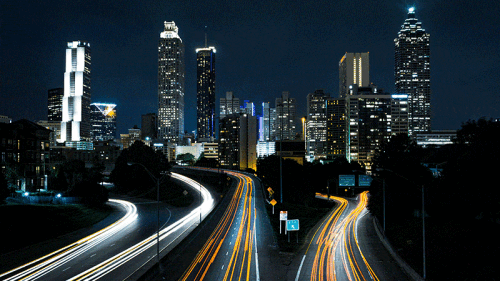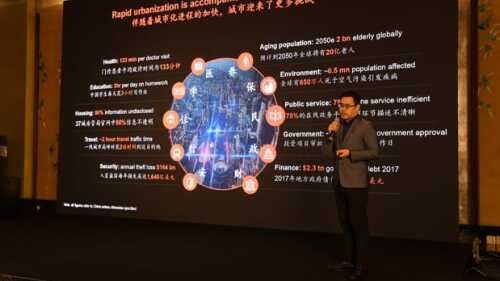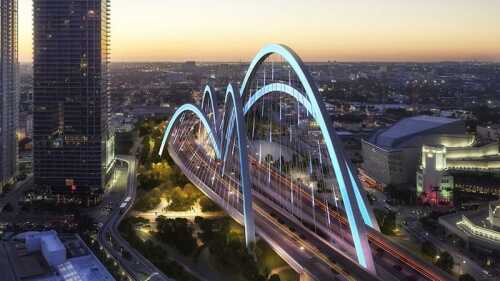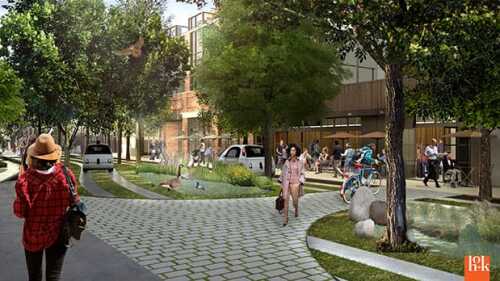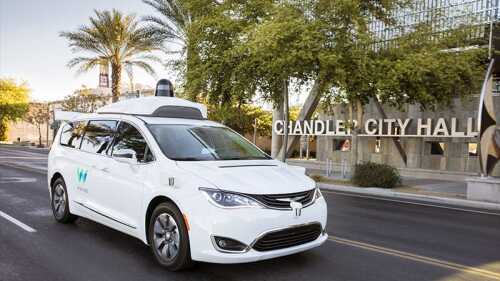Infrastructure
In many American downtown areas and commercial centers, improvement districts are used as tools for revitalization, placemaking, and economic development. They improve the street presence and provide important marketing services for local businesses. But what if they could tackle larger infrastructure needs? Better yet, what if commercial real estate owners and investors could attract billions of public dollars and, in the process, create a new way to build roads, interchanges, and other important projects?
The United States has fallen behind other nations in crafting public/private partnerships to leverage resources for critically needed infrastructure improvements. A global panel of experts explores how that might be changed.
Transportation demand management policies that require access to travel options as part of the development process can be highly effective in the creation of communities that provide mixed-use, higher-density development without increasing traffic congestion, according to a new ULI publication.
China’s largest insurer is backing the nation’s ambitious smart city program with investment in technology, panelists said during the ULI Asia Pacific Leadership Convivium, held in Shenzhen, China.
A ULI Advisory Services panel toured South Sacramento, California, in September, meeting with more than 75 city and county officials, local business leaders, residents, and other stakeholders. The four sponsors—Sacramento Regional Transit, Sacramento Council of Governments, Sacramento Municipal Utility District, and Sacramento Metropolitan Air Quality Management District—asked the ULI advisory panel to outline a plan for kick-starting a retrofit of the two transit-adjacent neighborhoods into transit-oriented neighborhoods. Their goals were to promote equitable, healthy, and inclusive community development that fosters job and income growth, housing options, and healthy neighborhood amenities with more convenient access to transit, retail, and services.
The ever-increasing traffic congestion in South Florida, a region that includes Miami-Dade, Broward, and Palm Beach counties, has not gone unnoticed by either local officials or private companies, both of which have been working on solutions to traffic woes for years. At ULI South Florida/Caribbean’s ULI Miami Investor Symposium in late October, two speakers—one from government and another from the private sector—laid out their plans to alleviate some of the congestion.
Just as a century ago, when the arrival of the personal automobile fundamentally changed our society, the advent of AVs as our main mode of transportation will trigger another shift in people’s lives. To ensure that the changes will enhance the urban experience, cities and their private sector partners need to start planning for this new world.
Though driverless vehicles are expected to be commercially available in the next few years, the shift to their use is likely to occur gradually and in phases over several decades, panelists said at ULI’s Spring Meeting in Detroit. That long process will allow vehicles to be tested and improved. It also will enable the development of urban infrastructure—such as smart roads and traffic management systems that communicate continuously with many vehicles at once—that would make them work better, said panelists.
Autonomous vehicles, smart cities, and how Arizona is poised on the leading edge of what Timothy Burr, director of public policy for Lyft, dubbed “the third transportation evolution” were the recurring themes of ULI Arizona’s latest Trends Day.
Urban planners and technology experts are hard at work bringing “smart city” technology—autonomous transportation, digital sensors, smart grids, and, yes, artificial intelligence—to a city near you. These were among the takeaways from a panel discussion at the 2018 ULI Carolinas Meeting in Greenville, South Carolina.

